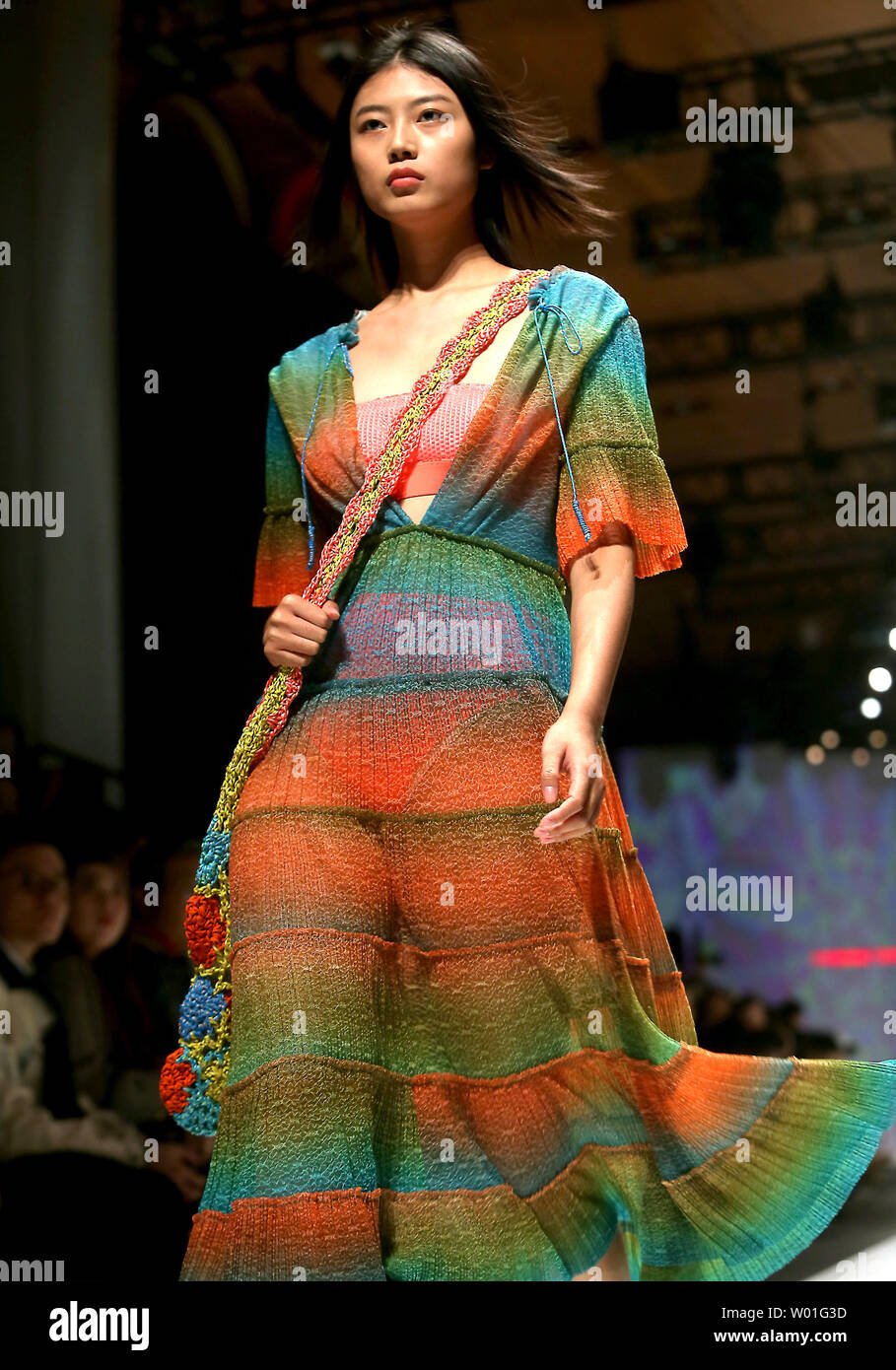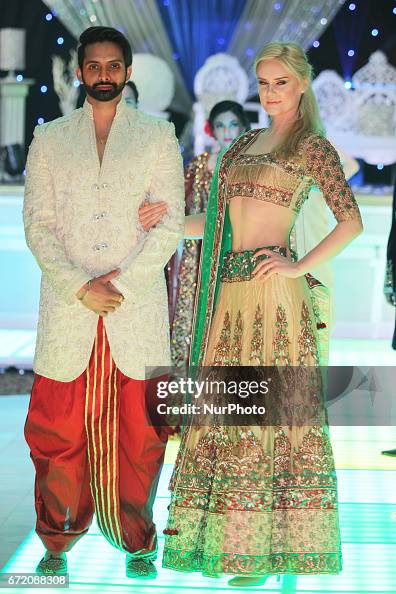Discovering the Rich Heritage of Eastern Wear Pakistan in Modern Style
Unveiling the Rich Heritage of Eastern Style
Exploring the elaborate tapestry of Eastern fashion reveals a world where tradition fulfills development, and craftsmanship links with cultural symbolism. From the luxurious silks of old empires to the intricate needlework of nomadic people, each garment tells a tale that goes beyond time and borders, echoing the abundant heritage and creative heritage of the East. As we peel off back the layers of background and practice, a remarkable journey awaits, unwinding the keys behind the fascinating allure and long-lasting impact of Eastern style on the global phase.
Beginning of Eastern Fashion

In Mesopotamia, for example, the Sumerians and Babylonians developed garments using woollen, natural leather, and linen, embellished with complex patterns and jewelry. Ancient Egyptians are renowned for their innovative weaving skills and making use of light-weight, breathable fabrics like bed linen. Chinese style emphasized the value of shade significance and detailed embroidery methods, while Indian apparel featured vivid shades, elegant fabrics like silk and cotton, and sophisticated drape styles such as the saree.
These ancient worlds not only influenced each various other yet also paved the method for the culturally rich and varied tapestry that is modern Eastern fashion. With centuries of evolution, Eastern style continues to flourish, blending practice with modern influences to create ageless and special designs.
Social Impacts and Customs
Drawing from centuries-old custom-mades and beliefs, cultural influences and customs play a crucial duty in forming the essence of Eastern fashion (eastern wear pakistan). The rich tapestry of societies throughout Eastern regions such as Asia, the Middle East, and Africa has actually greatly affected the garments styles, colors, textiles, and creates that are common in Eastern fashion today
In countries like India, Japan, and China, typical garments like bathrobes, cheongsams, and sarees remain to hold substantial social importance and are typically adorned with complex needlework or symbolic patterns that mirror ingrained beliefs and worths. Likewise, in Middle Eastern nations, the streaming abayas and kaftans put on by males and females not just serve as modest clothing however also mirror the region's social heritage and Islamic practices.
Furthermore, using certain colors like red completely luck in Chinese culture or complex geometric patterns influenced by Islamic style even more exemplify just how cultural impacts manifest in Eastern style - eastern wear pakistan. By honoring and protecting these cultural impacts and customs, Eastern fashion continues to evolve while staying true to its rich heritage
Advancement of Eastern Wardrobe
In time, Eastern garments have undergone significant changes, showing a blend of custom and modernity in their layout and design. Conventional Eastern garments such as the saree, salwar, kimono, and hanbok kameez have actually developed to integrate contemporary elements while protecting their social essence.
One significant evolution is the usage of cutting-edge materials and methods in Eastern garment construction. Conventional handwoven fabrics like silk and cotton have been matched with modern-day materials such as polyester and blends, using raised resilience and simplicity of treatment. In addition, advancements in printing innovations have actually allowed intricate patterns and layouts to be included into Eastern garments with accuracy and information.
Moreover, modifications in shape and tailoring have actually updated Eastern outfit, making them a lot more functional and ideal for diverse occasions. Conventional gown codes have actually kicked back, enabling for testing with decorations, designs, and colors. This advancement has not only made Eastern garments a lot more enticing and easily accessible to an international audience yet has additionally guaranteed their proceeded relevance in contemporary fashion landscapes.
Importance in Eastern Clothing
Exploring the ingrained social value woven into Eastern clothing reveals a rich tapestry of meaning and practice. Eastern garments are typically imbued with signs that mirror the user's social standing, faiths, and cultural identity. In lots of Eastern cultures, the color red signifies luck and prosperity, making it a preferred great site choice for wedding event outfit. Complex needlework patterns can share tales of mythology or stand for blessings for the wearer.
In addition, details garments hold symbolic significances. The robe in Japan, for example, symbolizes respect, procedure, and tradition. Its design, textile, and also the means it is worn all carry deep cultural importance. The saree in India stands for poise, beauty, and the rich heritage of the nation. The draping style of the saree differs across areas and occasions, each carrying its very own symbolic importance.

Impact of Eastern Style Today

The unification of Eastern aspects in Western style has led to a blend of styles that accommodate varied tastes and preferences (eastern wear pakistan). Developers frequently attract inspiration from Eastern patterns, silhouettes, and materials, producing ingenious and special items that blend traditional and modern appearances. This cross-cultural exchange has not only revitalized the apparel industry yet likewise fostered a much deeper admiration for Eastern heritage and workmanship
Additionally, the surge of social media and electronic platforms has actually better intensified the influence of Eastern style, permitting brands and developers to reach a bigger target market and display their cultural heritage to the world. Via cooperations, style programs, and on the internet projects, Eastern fashion continues to develop and thrive in today's interconnected and dynamic international landscape.
Conclusion
In verdict, the rich heritage of Eastern style is a testimony to the cultural impacts, complex workmanship, and extensive symbolism installed in each garment. From ancient people to contemporary interpretations, Eastern fashion remains to captivate with its unique mix of custom and innovation. The influence of Eastern fashion today acts as a pointer of the ageless beauty and imaginative expression that have actually made it an international phenomenon commemorated for pop over here its abundant cultural heritage.
Discovering the detailed tapestry of Eastern fashion unveils a globe where practice meets technology, and craftsmanship links with social symbolism.The sustaining meaning and social importance installed in Eastern attire continue to form and influence the contemporary effect of Eastern style today. Eastern fashion has gone beyond borders, ending up being an international phenomenon accepted by developers, celebs, and fashion lovers worldwide.In verdict, the abundant heritage of Eastern fashion is a testament to the social impacts, intricate craftsmanship, and profound meaning installed in each garment. The impact of Eastern fashion today serves as a tip of the classic elegance and artistic expression that have made it an international sensation commemorated for its rich cultural heritage.